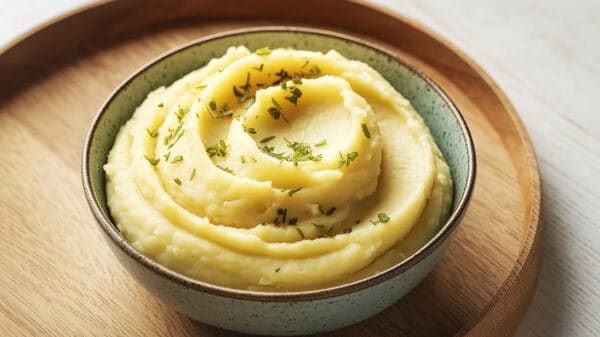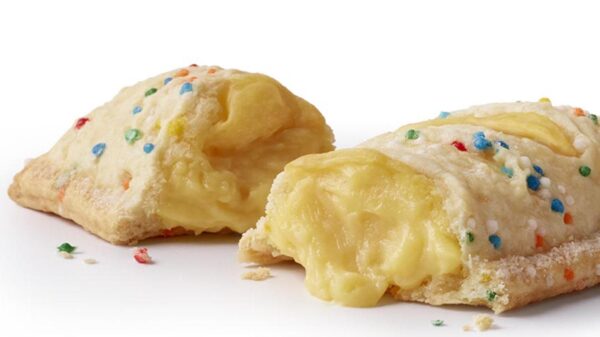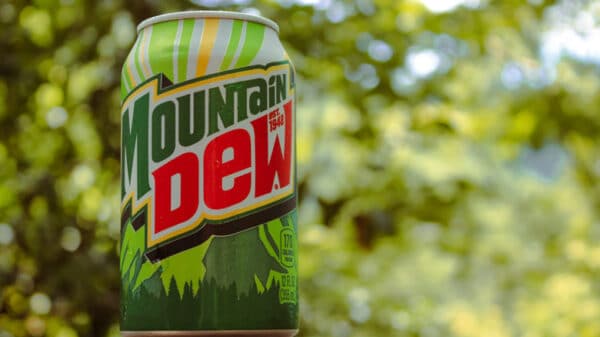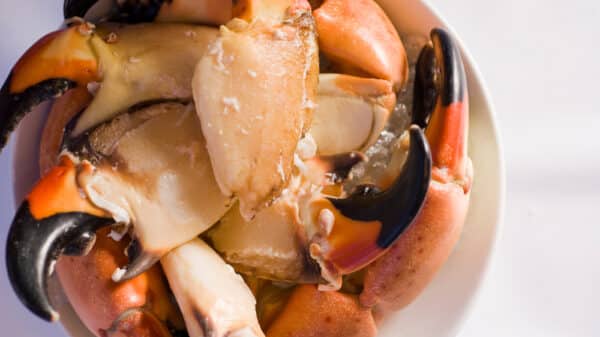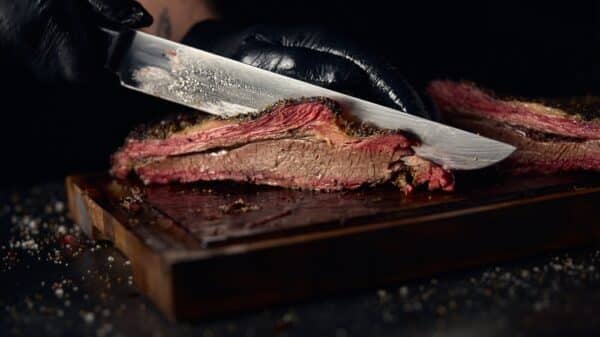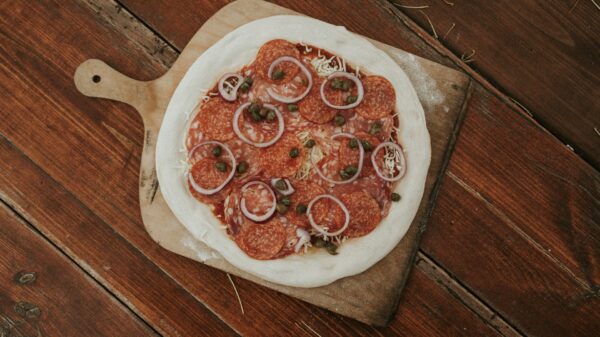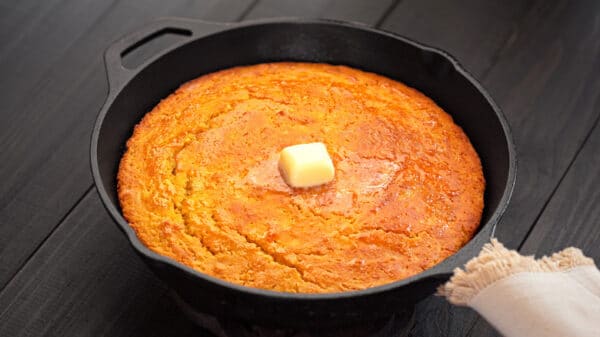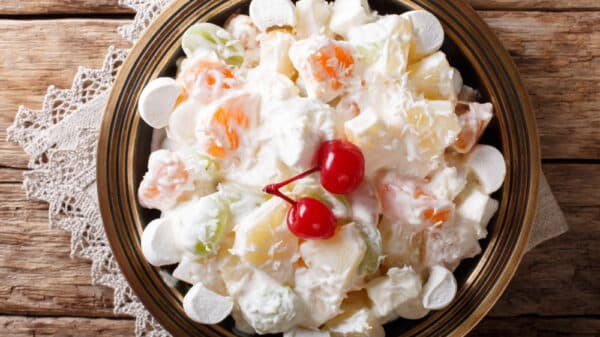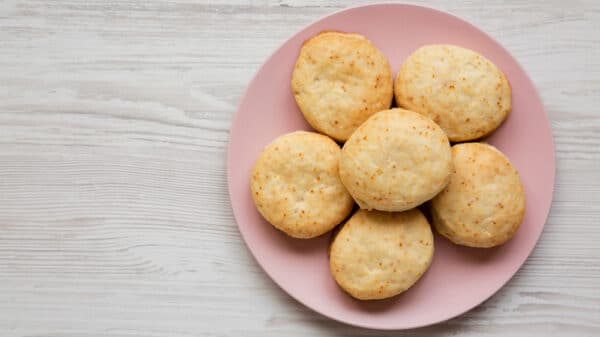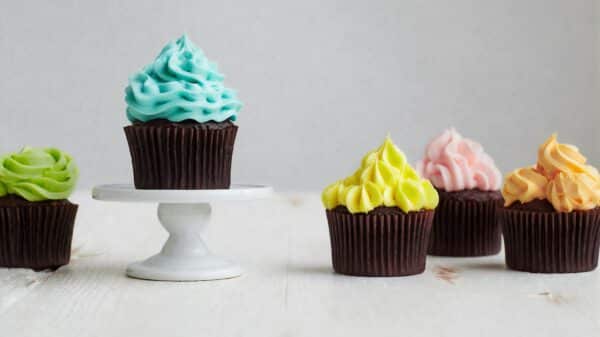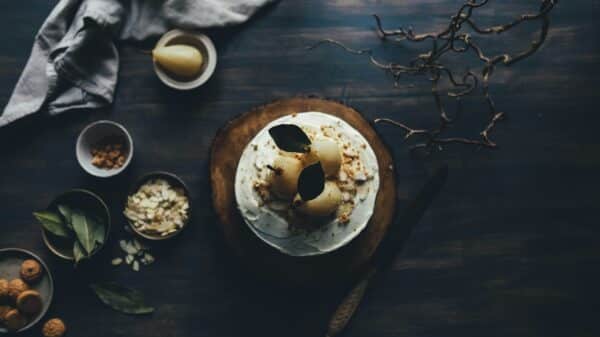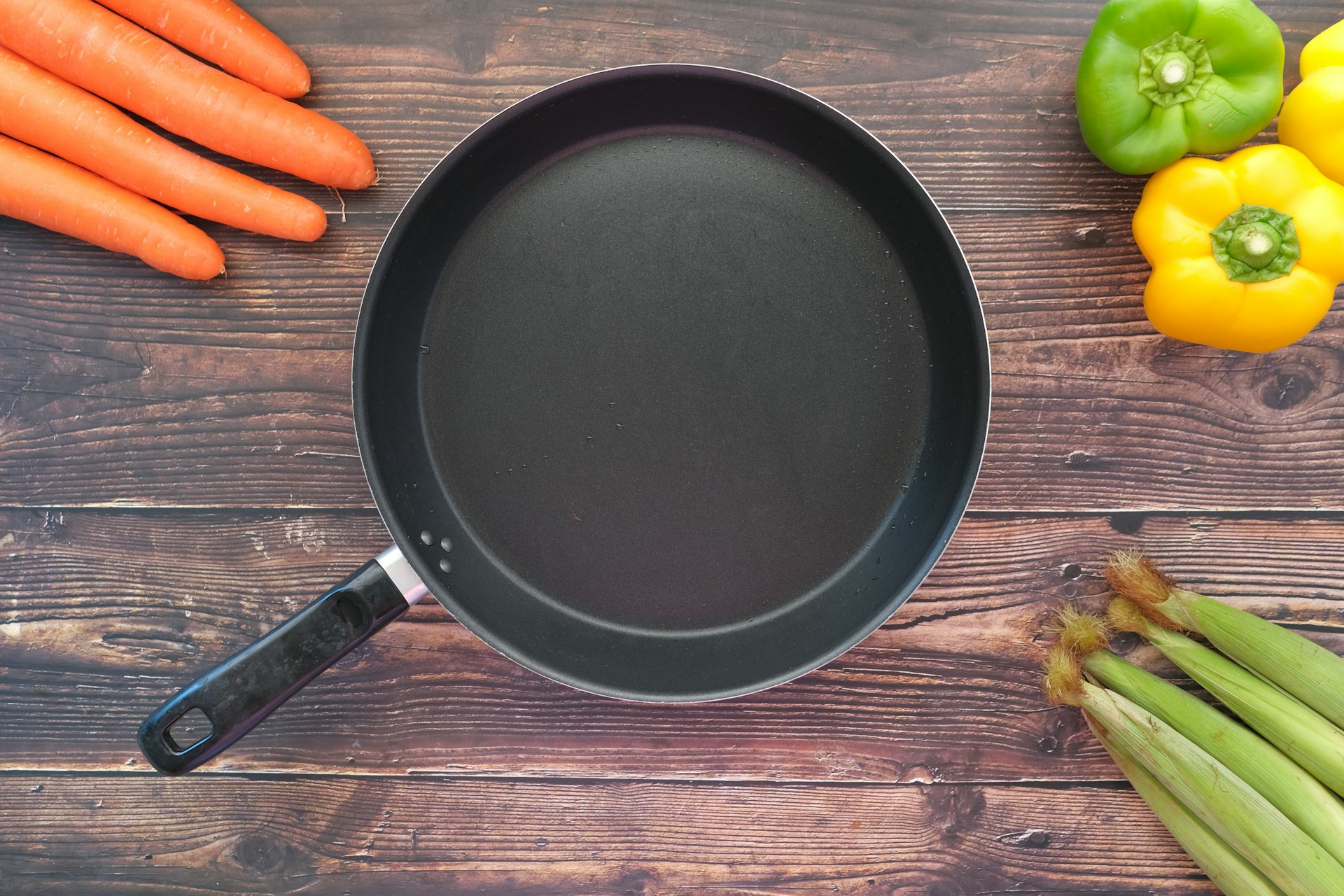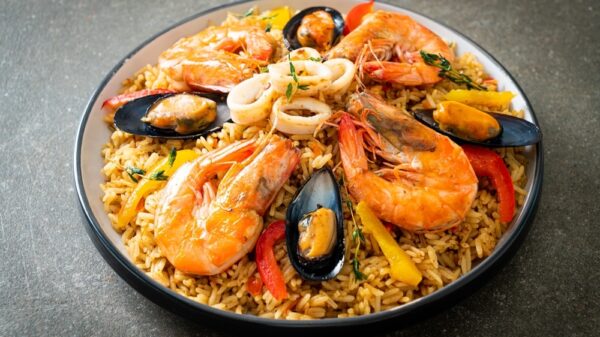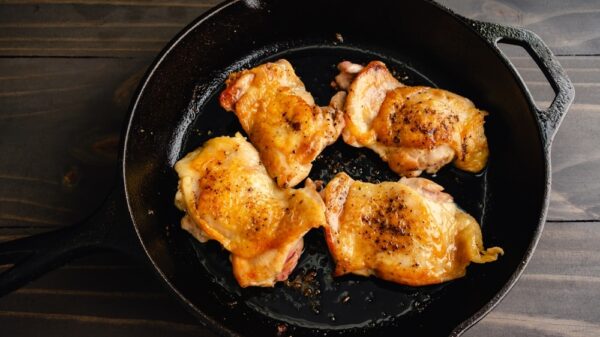Nonstick pans are a staple in kitchens around the world, valued for their ease of use and maintenance. They make cooking and cleaning up quicker, allowing you to focus on creating delicious meals. However, several common mistakes can hinder their performance and longevity. Let’s delve into these missteps and learn how to make the most of your nonstick cookware.
Hand Washing Is Key
One critical error that many people make is placing their nonstick pans in the dishwasher. While it may seem convenient, dishwashers can accelerate the wear on the nonstick coating due to high temperatures and harsh detergents. Hand washing is the preferred method to prolong the life of your pans. Pay attention to cleaning methods—use only gentle sponges and mild dish soap to maintain that all-important coating.
Know When to Use Nonstick
It’s easy to default to nonstick pans for every meal, but they’re not always the best option. For example, delicate items like crêpes and cheese-laden dishes benefit from a nonstick surface. Conversely, proteins such as eggs tend to stick better in stainless steel or cast iron pans. Understanding when to use nonstick can improve cooking outcomes while maintaining the pan’s durability.
Scratches and Dents: Time for Replacement
Another major pitfall is holding onto scratched or dented nonstick pans. Damage not only affects the appearance but also the performance. Scratches can compromise the nonstick coating, leading to food sticking and potential ingestion of harmful flakes. Dented pans can warp, leading to uneven cooking. It is best to replace damaged nonstick cookware to ensure efficiency and safety in your kitchen.
Stacking and Storing Wisely
Many cooks stack their nonstick pans to save cupboard space, but this practice can lead to scratches and wear on the nonstick coating. Instead, consider using separators or choosing to hang pans if space permits. Proper storage not only prolongs the life of your cookware but also helps maintain any warranties associated with it.
Avoid Metal Utensils
Using metal utensils with nonstick pans can spell disaster. While they may seem convenient, metal tools can scratch and damage the nonstick surface, which ultimately leads to a less effective pan. Opt for utensils made from wood, silicone, or nylon to ensure the longevity of your cookware.
Letting Pans Cool Before Washing
Cleaning your nonstick pan immediately after cooking can be tempting, especially when you’re eager to get the dishes done. However, washing a hot pan can lead to thermal shock, warping the material and compromising the nonstick surface. Allow your pans to cool down before cleaning for optimum care.
Crafting Flavorful Sauces
Using nonstick pans for sauces and gravies can dilute flavors. The nonstick surface prevents the formation of fond—those essential browned bits that add depth and character to sauces. For richer flavors, consider using stainless steel or cast iron pans for these tasks.
Temperature Control is Crucial
Avoid cranking up the heat too high, as nonstick coatings aren’t designed for extreme temperatures. Overheating can lead to coating degradation and, in extreme cases, release harmful fumes. Nonstick cookware is generally best used at low to medium heat to achieve optimal cooking results while keeping the coating intact.
Cooking Spray: A Stark No
Using aerosol cooking sprays can be counterproductive with nonstick pans. Many of these sprays contain emulsifiers and other additives that can form a sticky layer on the pan, contradicting the benefits of having a nonstick surface. Regular oil or butter is a safer and more effective alternative to keep your cooking surface in top shape.
The Case Against Nonstick Saucepans
While it might be tempting to buy a complete set of nonstick cookware, it’s better to opt for nonstick skillets only. Nonstick pans are not necessary for saucepans and stockpots, as sticking is less of an issue in those categories. Durable options like stainless steel or enameled cast iron are more advisable for these cooking tasks.
The Risks of Heating an Empty Pan
Heating nonstick pans while empty can cause the temperature to exceed safe levels. Instead, start with a little oil or butter, and then preheat your pans on low to medium heat to protect the coating and enhance cooking performance.
Broiler Caution
Avoid placing nonstick pans under the broiler, where extreme temperatures can damage the coating. For oven use, ensure temperatures do not exceed the manufacturer’s recommendations, and always consult the specific care instructions for your pans.
Gentle Cleaning Methods
Finally, be mindful of cleaning techniques. Avoid using abrasive scourers or harsh chemicals that could compromise the nonstick surface. Stick to mild detergents and soft sponges for gentle maintenance.
Final Thoughts
By being aware of these common mistakes, you can enhance your experience with nonstick pans and prolong their lifespan. Proper care and mindful usage will not only promote better cooking results but also ensure that your cherished nonstick cookware remains a reliable asset in your kitchen arsenal.
Image Source: Unsplash

